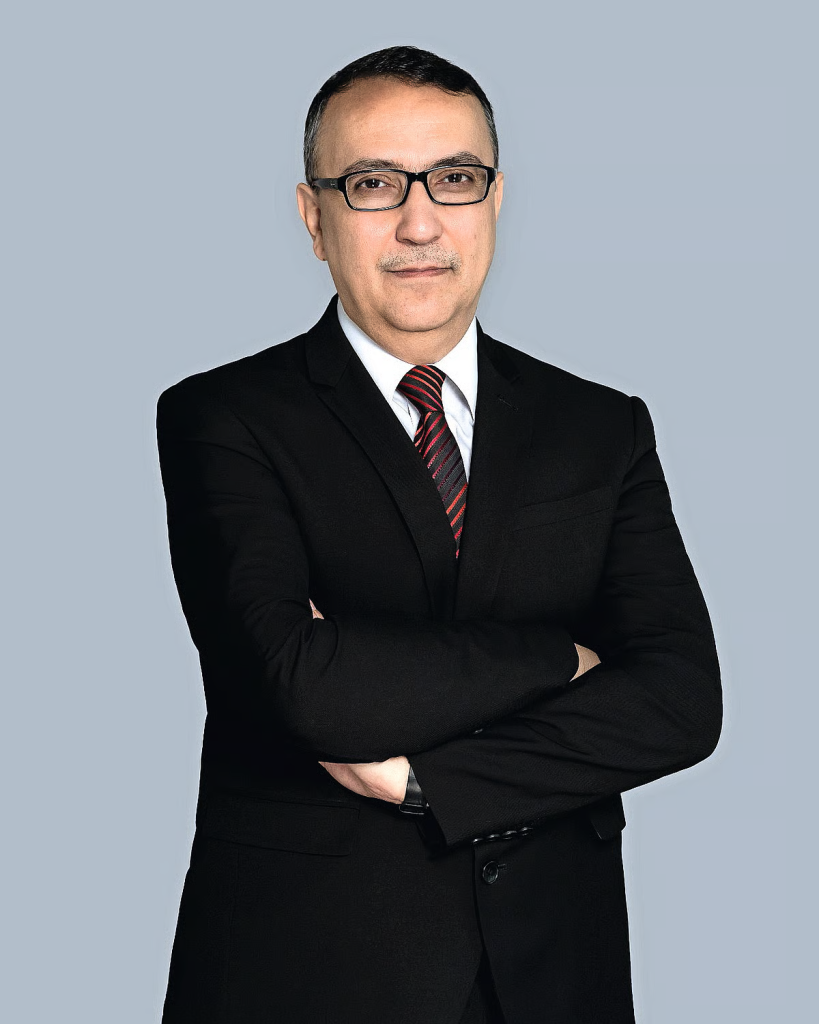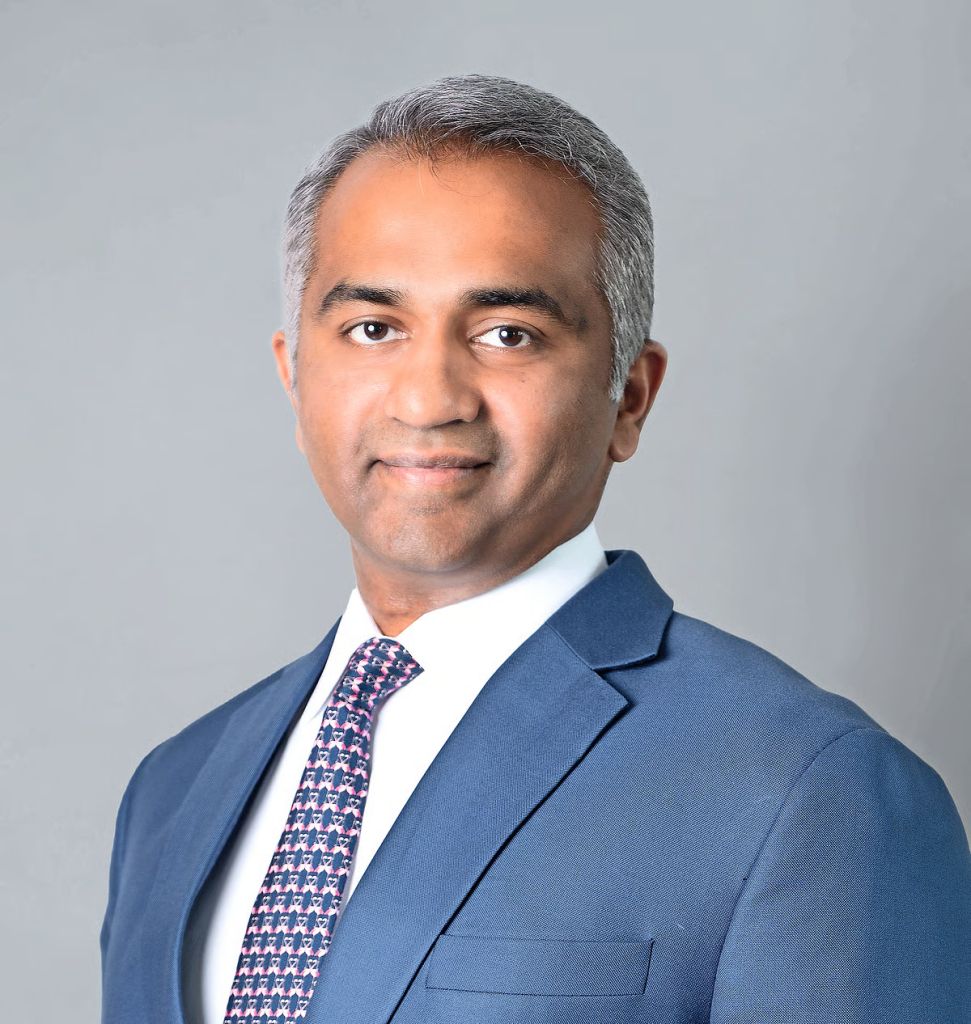Ultra-luxury property segment in the UAE remains exceptionally strong as HNWIs invest in Dubai’s diversified economy and growing real estate sector
The UAE luxury property market is likely to evolve into a more diverse and dynamic landscape, characterized by premium offerings that cater to a discerning clientele seeking both lifestyle and investment opportunities.
The UAE luxury property market in 2025 and beyond is poised for robust growth, driven by strong economic fundamentals, investor-friendly policies, and global wealth migration. Dubai, a global luxury hub, is expected to see 5-8% annual price growth, with prime areas like Palm Jumeirah and Downtown Dubai leading due to High-Net-Worth Individual (HNWI) demand, according to experts.
Leading executives, real estate experts and analysts said the UAE luxury property market is likely to evolve into a more diverse and dynamic landscape, characterized by premium offerings that cater to a discerning clientele seeking both lifestyle and investment opportunities. They said government initiatives, including golden visas and tax-free ownership, continue to attract international investors, particularly from Europe, North America, and Asia.
“The ongoing influx of expatriates and ultra HNWIs attracted to the region’s favourable tax environment and strategic location is expected to sustain demand for upscale residences. Major developments, including iconic projects like the upcoming Dubai Creek Tower and luxurious waterfront properties, will enhance the appeal of the market,” experts said.
Marcus Andersson, Director of Sales, Penthouse.ae, said the ultra-luxury property segment in the UAE remains exceptionally strong.
“We anticipate continued robust demand, primarily fuelled by a significant influx of Ultra HNWIs. This migration is a strategic move by global elites drawn to the UAE’s compelling attributes that include unparalleled political stability, business-friendly environment, attractive tax advantages and a truly world-class lifestyle offering. These factors collectively create a powerful magnet for wealth and investment, ensuring the luxury property market in the UAE will likely see sustained growth in the foreseeable future,” Andersson told BTR.

Marcus Andersson, Director of Sales, Penthouse.ae, said the ultra-luxury property segment in the UAE remains exceptionally strong.
Marcus Andersson, Director of Sales, Penthouse.ae, said the ultra-luxury property segment in the UAE remains exceptionally strong.
He said the first half of 2025 has been exceptional for the UAE’s luxury property market, building on the strong momentum from 2024. “We’ve witnessed record-breaking deals across the sector, significantly boosting market confidence and buyer appetite. This robust performance is largely driven by continued high demand in prime locations such as Palm Jumeirah, Jumeirah Bay, Emirates Hills and Dubai Hills.”
Additionally, he said the rise of ultra-luxury branded projects has played a crucial role in accelerating growth within this exclusive segment. The overall picture is incredibly promising, with the market set to see sustained growth.
Haider Tuaima, Managing Director and Head of Real Estate Research at ValuStrat, said premium luxury properties have attracted global investors, HNWIs and millionaires relocating to the UAE.
As of January-March 2025 quarter, the prime Value Price Index (VPI) reached a new record of 220.7 points, more than double its baseline of 100 in first quarter of 2021, signalling continued strength despite a slight slowdown in growth.
“Prime property valuations, driven by exceptional views, premium amenities, superior facilities, and well-designed layouts, rose 27.5% annually and 5.3% since fourth quarter of 2024, marking the lowest quarterly increase in the past 18 months,” Tuaima told BTR.
In 2024, he said over 1,300 properties sold for over Dh10 million, representing 2.5% of all ready home sales; by May 2025, that share had climbed to 3%.

Haider Tuaima, Managing Director and Head of Real Estate Research at ValuStrat, said premium luxury properties have attracted global investors, HNWIs and millionaires relocating to the UAE.
Haider Tuaima, Managing Director and Head of Real Estate Research at ValuStrat, said premium luxury properties have attracted global investors, HNWIs and millionaires relocating to the UAE.
“The golden visa programme continues to boost investment, with 35% of sales involving properties worth over Dh2 million, the threshold for 10-year residency eligibility. The outlook for high-end prime properties points to slowing growth and market stabilisation. Villa rental increases have already tapered to single digits, and capital values are expected to follow suit,” Tuaima said.
Resilience to Continue
P.P Varghese, Head of Professional Services, Cushman & Wakefield Core, said luxury property segment is expected to show resilience during the second half of the year.
“We expect sustained resilience in the ultra-prime segment through the second half of the year and beyond. While broader residential markets may begin to normalise as new supply is delivered, the luxury segment remains structurally supported by scarcity of product, high-end global demand, and continued wealth inflows,” Varghese told BTR.
“Core waterfront locations, branded residences and limited-supply trophy assets continue to see strong appetite. Over time, pricing may moderate from the rapid growth of recent years, but the depth of demand, particularly from global capital, continues to underpin long-term stability,” he said.
To a question, he said the strong momentum from 2024 has continued into the first half of 2025, with ultra-prime market activity remaining notably high, particularly in the Dh20 million and above segment.

P.P Varghese, Head of Professional Services, Cushman & Wakefield Core, said luxury property segment is expected to show resilience during the second half of the year.
P.P Varghese, Head of Professional Services, Cushman & Wakefield Core, said luxury property segment is expected to show resilience during the second half of the year.
“This uptick has been driven by sustained demand from both regional and international buyers. Transactions in this price bracket recorded an 85% increase compared to the same period last year, with heightened activity concentrated in prime locations such as Palm Jumeirah, Jumeirah Bay, Palm Jebel Ali, and Dubai Hills Estate. Importantly, this segment remains overwhelmingly driven by cash buyers, which provides insulation from global financing pressures.”
Farooq Syed, CEO of Springfield Properties, said Dubai’s prime residential market remains well-positioned for continued growth. As supply remains constrained and demand from international buyers persists, we expect the luxury segment to post a 5% to 9% price increase by year-end.
“In 2024, listings across Dubai’s key luxury communities declined by 52%, while the availability of ultra-prime homes, priced above $10 million, fell by 65%. With little new stock entering the pipeline at this level, we anticipate sustained upward pressure on prices into 2026.”
To a question, he said the market demonstrated strong resilience. In first quarter of 2025, Dubai recorded 111 transactions above $10 million, with a total value of $1.9 billion; a 5.7% increase on the same period in 2024. “This follows a record-breaking 2024 in which Dubai led global markets with 435 ultra-prime transactions, totalling $7.1 billion, outpacing traditionally dominant cities such as London and New York.”
HNWIs Play Key Role
Varghese of Cushman & Wakefield Core said the appeal for premium luxury property is multi-faceted. “Political and regulatory stability, full foreign ownership, long-term residency programmes such as the golden visa, and Dubai’s zero income tax environment continue to attract capital. Equally, the UAE’s positioning as a global business hub, supported by infrastructure investments like DIFC 2.0 and the Al Maktoum Airport expansion, adds depth to long-term demand. Lifestyle factors — high quality healthcare, education, safety, and global connectivity — reinforce the decision for many high-net-worth individuals who view Dubai as both a residence and an investment destination,” he said.
Varghese said agrees that migration of HNWIs and millionaires have a positive impact on premium luxury properties in the UAE. “This remains one of the most significant structural drivers of the luxury segment. The UAE is projected to attract 7,100 new millionaires in 2025, the highest net inflow globally. Much of this capital finds its way into luxury real estate, particularly in limited-supply assets with long-term wealth preservation characteristics. Beyond individual purchases, we’re also seeing greater activity from family offices and wealth platforms allocating capital across both personal use and investment-led trophy assets.”
Syed said Dubai has increasingly positioned itself as a preferred destination for globally mobile capital. The city offers a compelling combination of lifestyle, connectivity, and long-term financial security, underpinned by a regulatory environment that supports both individual and institutional investment.

Farooq Syed, CEO of Springfield Properties, said Dubai’s prime residential market remains well-positioned for continued growth.
Farooq Syed, CEO of Springfield Properties, said Dubai’s prime residential market remains well-positioned for continued growth.
“In this context, we continue to see high-net-worth individuals acquiring properties not purely as speculative assets, but as primary residences, second homes, and multigenerational holdings. This behavioural shift is particularly evident in the ultra-prime segment. In the first quarter of 2025 alone, Dubai recorded 111 transactions above $10 million, with the average deal size reaching approximately $17.1 million (Dh63 million). These figures speak to the depth of demand and the continued appeal of Dubai’s most sought-after residential enclaves,” he said.
“As global wealth continues to diversify across regions, Dubai’s ability to attract and retain capital of this calibre reinforces its emergence as a permanent home for international investors,” he added.
Major Catalyst
Andersson said the surge in demand for premium luxury properties in the UAE, particularly in Dubai, is fuelled by several factors.
“We’re seeing a significant inflow of global wealth, drawn by the visionary golden visa programme and the region’s strong political stability. Add to that the attractive tax advantages and an exceptionally business-friendly environment and you have the perfect mix of incentives for UHNWIs. As Dubai continues its rapid growth as a global hub, it naturally attracts more and more UHNWIs, directly propelling the ultra-luxury segment upwards,” he said.
He said the influx of HNWIs and millionaires is undeniably acting as a powerful catalyst, significantly boosting investments in premium luxury properties across the UAE, especially in Dubai. “This migration isn’t just a trend; it’s creating a positive loop: the more affluent individuals who establish roots here, the more others are encouraged to follow.”

The rise of ultra-luxury branded projects has played a crucial role in accelerating growth within this exclusive segment.
The rise of ultra-luxury branded projects has played a crucial role in accelerating growth within this exclusive segment.
He said these discerning investors are consistently impressed and drawn by the UAE’s compelling offerings, which include favourable tax advantages, a highly business-friendly environment and an ultra-luxury lifestyle that’s second to none. Furthermore, the availability of some of the world’s best schools and healthcare systems adds to the emirates’ appeal as a comprehensive destination for global elites.
“A key driver within this segment has also been an increasing number of premium branded luxury properties. These developments offer a unique blend of exclusivity, world-class amenities and trusted brand prestige, making them particularly attractive to HNWIs. As more of these affluent individuals choose Dubai, we expect this momentum to continue, further solidifying the UAE’s position as a global hub for luxury living and investment,” he said.
Golden Visa Impact
Andersson said golden visa programme is one of the major reasons for investment in the luxury property segment. “Yes, without a doubt, the golden visa programme is one of the most significant driving factors behind the surge in luxury property investment in the UAE. Its ease and direct link to property acquisition make it an exceptionally attractive proposition for global investors.”
“It’s truly unique — very few places in the world offer such a straightforward path to long-term residency by simply purchasing a property. The ability to secure a 10-year golden visa that’s both easy to obtain and simple to renew, coupled with the security of freehold property ownership, makes the UAE one of the most investor-friendly environments globally. The fact that investors don’t even need to permanently reside in the country to maintain the visa further enhances its appeal, making it a compelling incentive for HNWIs looking to secure their future and assets in a stable and thriving market,” he said.
Varghese said the golden visa is certainly a contributor — it offers residency stability that allows investors to take a longer-term view. However, it is one component within a broader set of motivations. “For many high-net-worth buyers, their decisions are ultimately shaped by the UAE’s combination of capital preservation, political neutrality, lifestyle quality, and policy clarity. The golden visa framework enhances Dubai’s global competitiveness but is not the sole driver.”
Syed acknowledged the benefits of the golden visa programme and said it attracted significant investment in luxury property segment. “Yes, the golden visa has been a fundamental enabler of long-term commitment. By offering 10-year renewable residency through real estate investment, the programme has moved Dubai from a speculative destination to a permanent residence for many global investors,” he said.
“While the golden visa continues to serve as a key policy lever, the market’s strength is equally anchored in supply-side constraints, consistent international demand, and Dubai’s evolving position as a primary residence destination. These fundamentals, rather than one-off incentives, are what underpin the long-term stability of the luxury segment,” he added.
Source: Khaleej Time
Published: 4 July 2025

